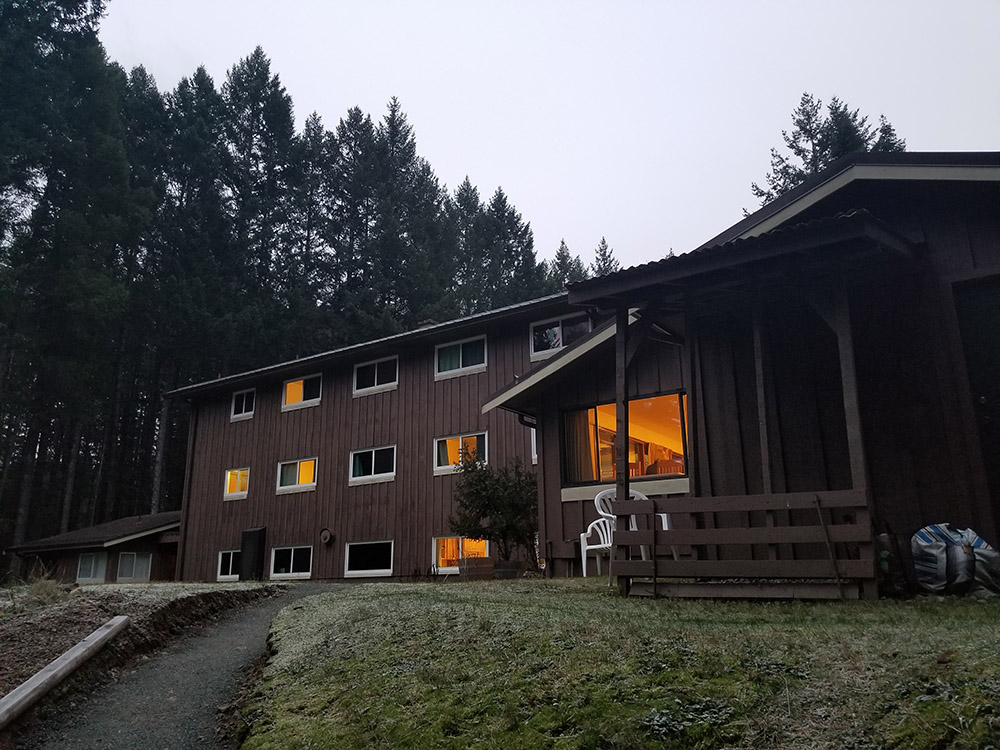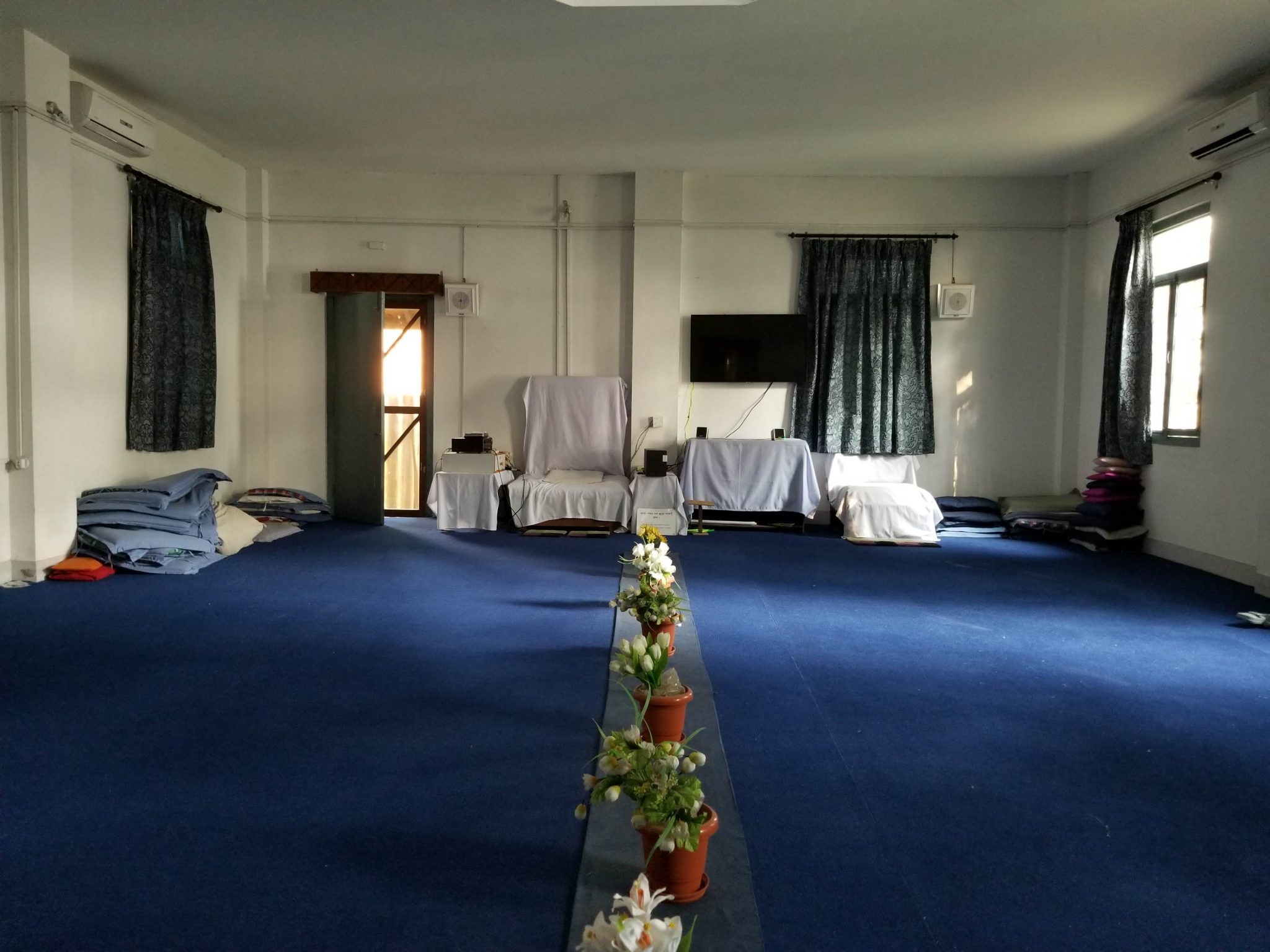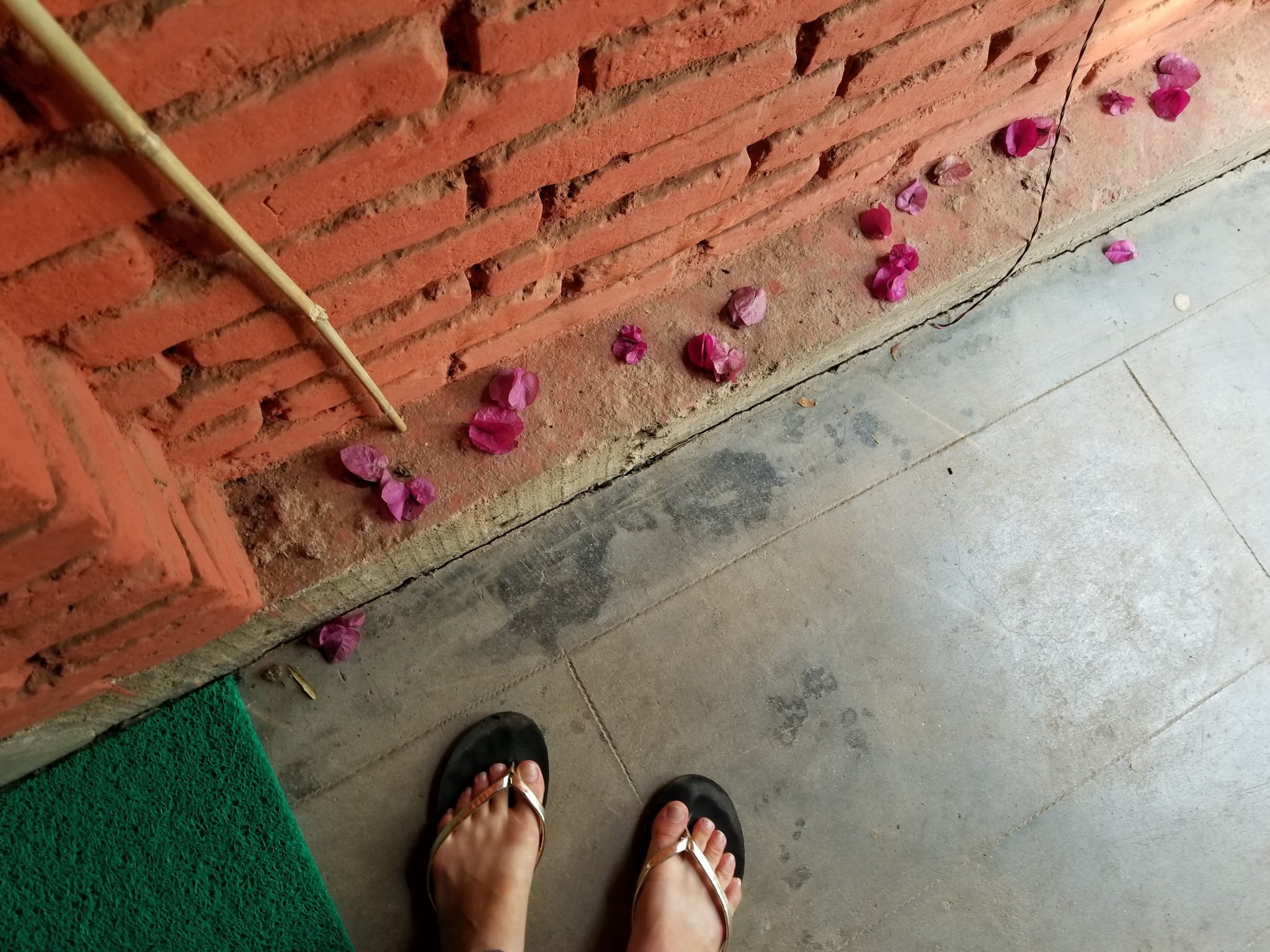Last year, I signed up for my first ten-day silent meditation course.
As if waking up at 4:00 am and sitting for 10 hours wasn’t exciting enough, I did my course far away from home. In Nepal.



The experience ended up being one of the most challenging and rewarding of my life.
In this tradition, you are encouraged to go on a 10 day retreat at least once per year. So I signed up to do it again this year. This time, close to home on Vancouver Island, British Columbia.



Vipassana meditation is taught in exactly the same manner all over the world.
The lessons you listen to were recorded in 1991. So was going to hear the exact same thing in Kathmandu as I was in middle of nowhere British Columbia.
The courses are supposed to follow the same schedule and same rules all over the world.
With this in mind, I was feeling incredibly nervous in the days leading up to my second course. I had struggled with a number of physical challenges when I was in Nepal.
For example, in Nepal we each got to sit on a single cushion on the floor, which is very hard for many Westerners … myself included.
In order to get a second cushion, I had to make an appointment with the teacher. He told me that everyone felt pain. And that the pain was good for my meditation. Sigh.
When I arrived at the meditation centre on Vancouver Island, I realized things would be different here.
Pillows, blankets, wooden meditation benches. All for you to take without asking anyone.
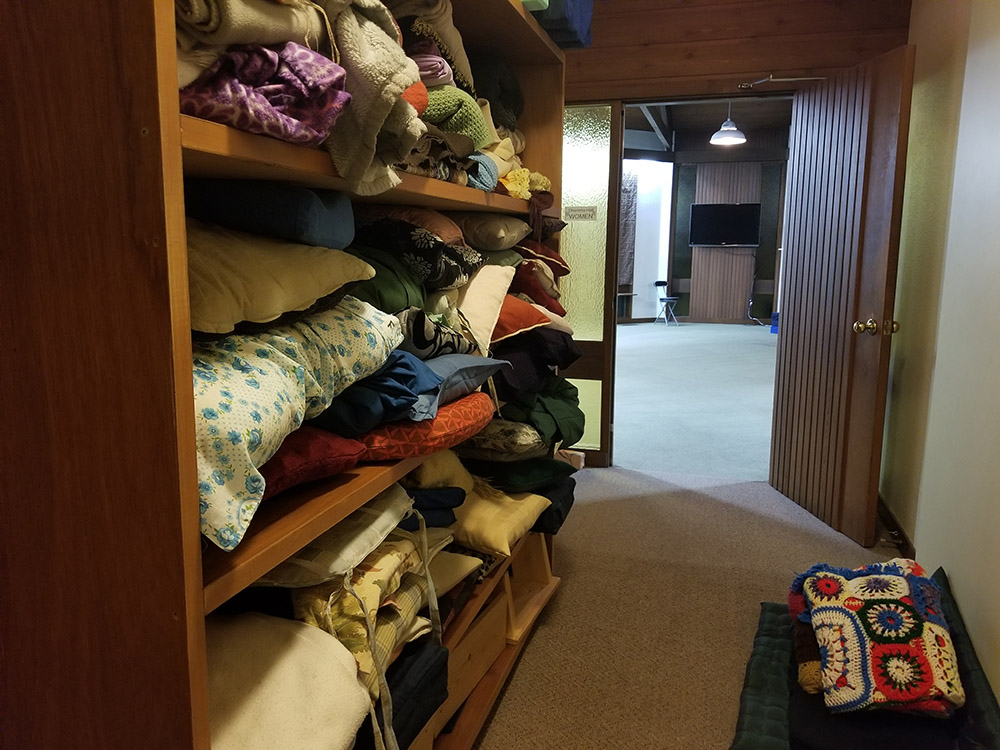
I felt my spirits quite lifted when I saw all this props.
Easy times ahead! Personal growth in comfort.
After you complete your first course, you are allowed to volunteer. So I volunteered to ring the wake up bell at 4:00 am.
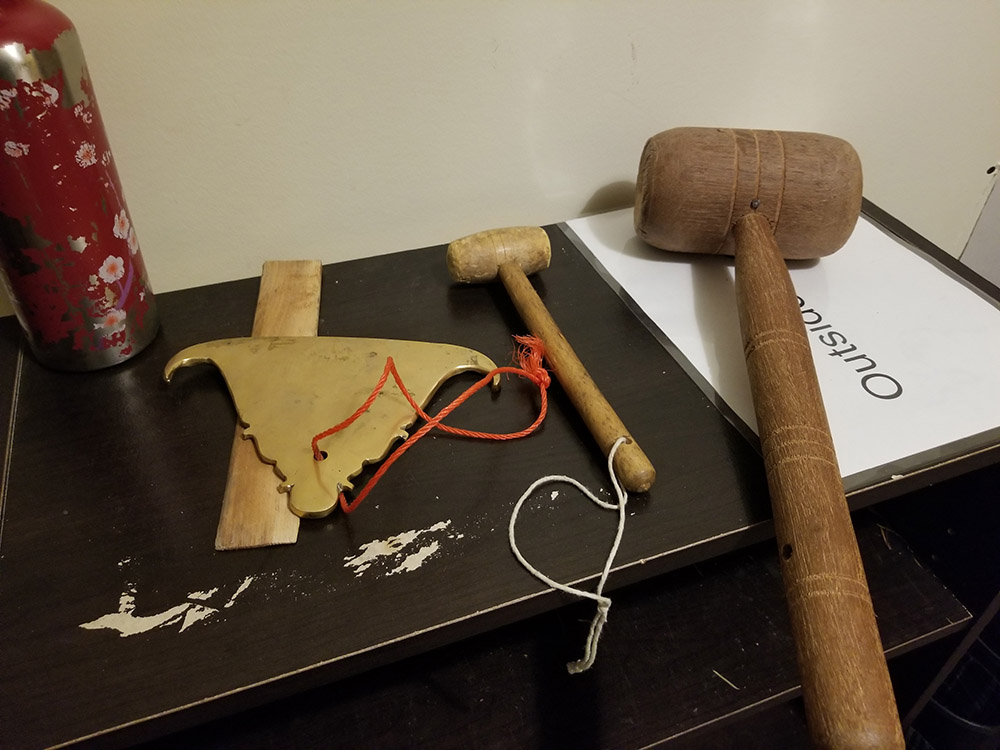
When I did this, my fellow returning students looked at me like someone had died.
I was not sure what all the pity was about, as we all had to get up at 4:00 am anyway. What did it matter if I got up five minutes earlier to bang on a bell?
The first morning, I realized again that again Canada was not Nepal.
At 4:00 am, I walked around banging the bell. By 4:25, I had brushed my teeth, changed my clothes and had settled in to my nest of meditation cushions. By the time the morning sit was over, I realized almost no one else joined me!
In Nepal, the volunteers had gone around getting people out of bed, even if they were crying and begging to sleep in.
I was learning that cultural differences between two countries could make all the difference in how these “universal” rules are interpreted!
In Canada, it seemed to be that gentleness and self-care were quite important. And in Nepal, they felt strict discipline would be the most beneficial.
At this point I was quietly laughing to myself. What an easy go of it this would be the second time around.
But oh how wrong I was.
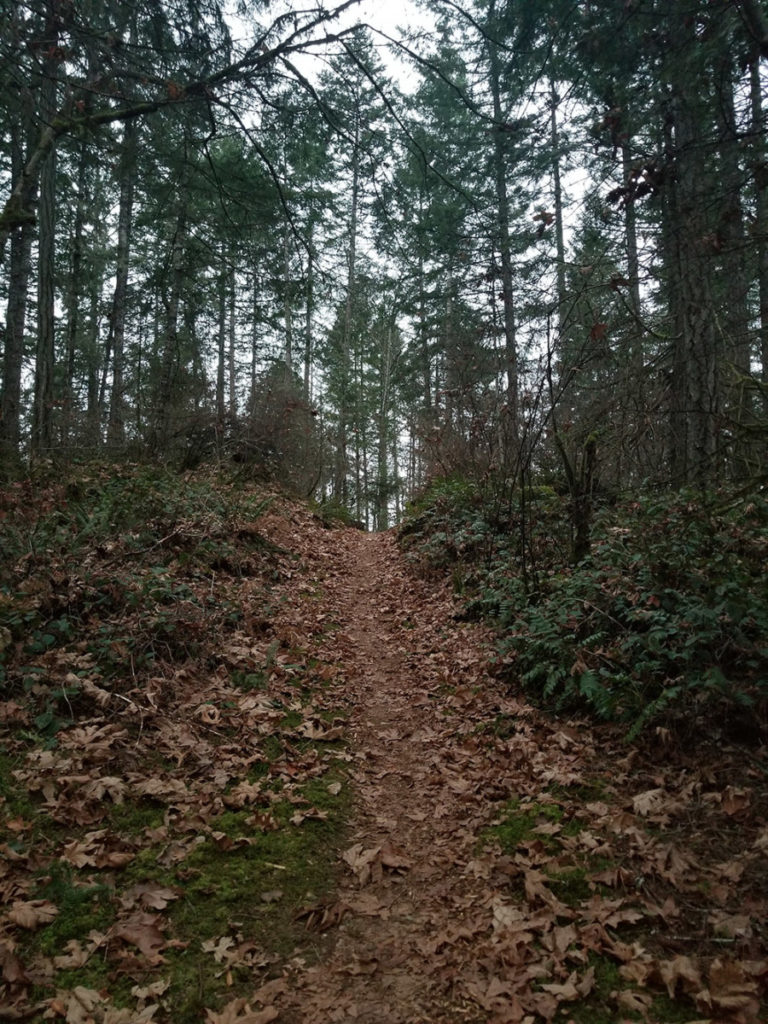
The second day of the course, I started to feel anxious.
My stomach was a ball of tightness. It was hard to breath. My heart was beating wildly. I started imaging horrible things that were happening at home while I was marooned there.
I craved my smart phone. I really wanted to eat a bunch of junk food. Anything to feel OK.
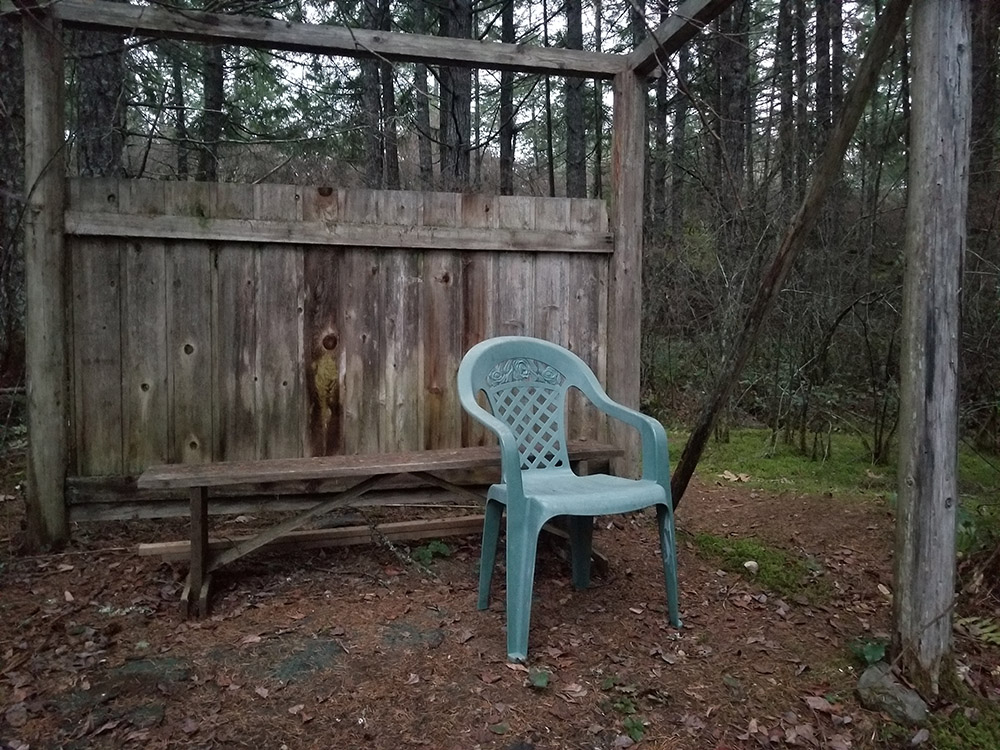
On the third day, I started crying. Even while meditating. I couldn’t stop myself.
On my first course in Nepal, I felt distracted, irritated at all the rules, longing to be done already. I had not felt anxious and sad like this!
I made an appointment with the teacher. This time, not to ask for pillows. I was pretty sure I needed to be sent home.
When I talked to her, she looked at me so compassionately. She handed me a box of tissues. This was not the first time she had heard this story. Probably not even the first time that day.
She gave me some practical tips on how to take care of myself, like going for walks and modified meditation techniques. She said that she was there for me any time I needed something.
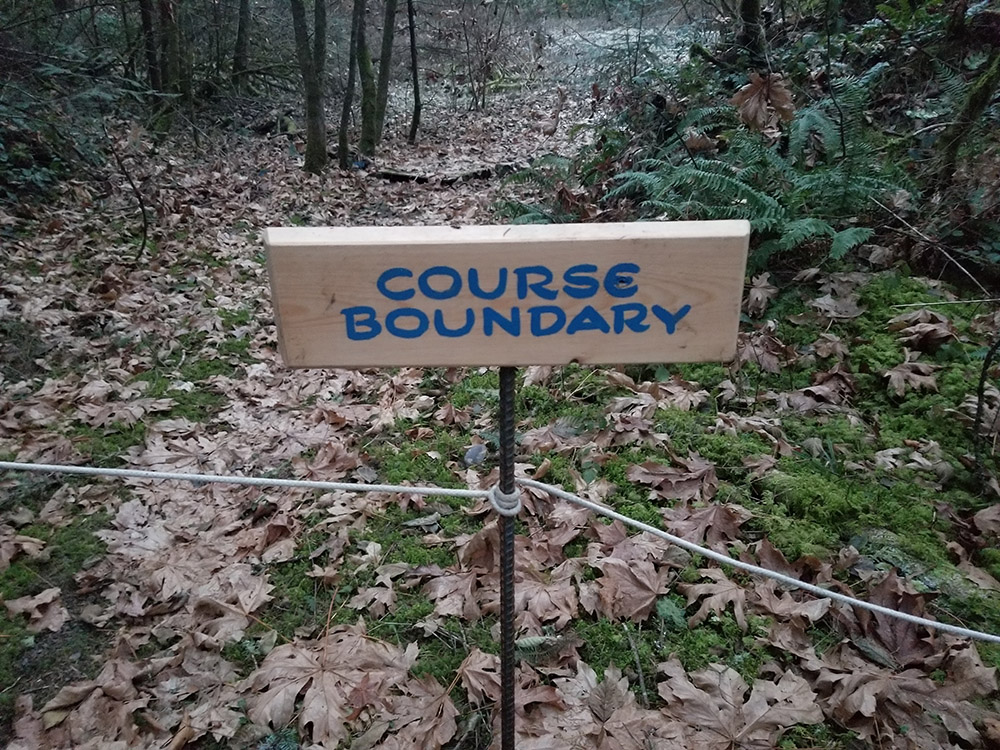
After this, I actually was able to settle down and start seriously meditating.
The anxiety and sadness still came, but I was able to settle myself down enough to watch it come and go. And then get back to meditating.
At the end of the course, I felt like something had been resolved. Some source of anxiety had just dried up. It was just permanently gone.
Not that this 10 days cured me of every anxious thought. But it wiped out something concrete. Distinct and noticeable.
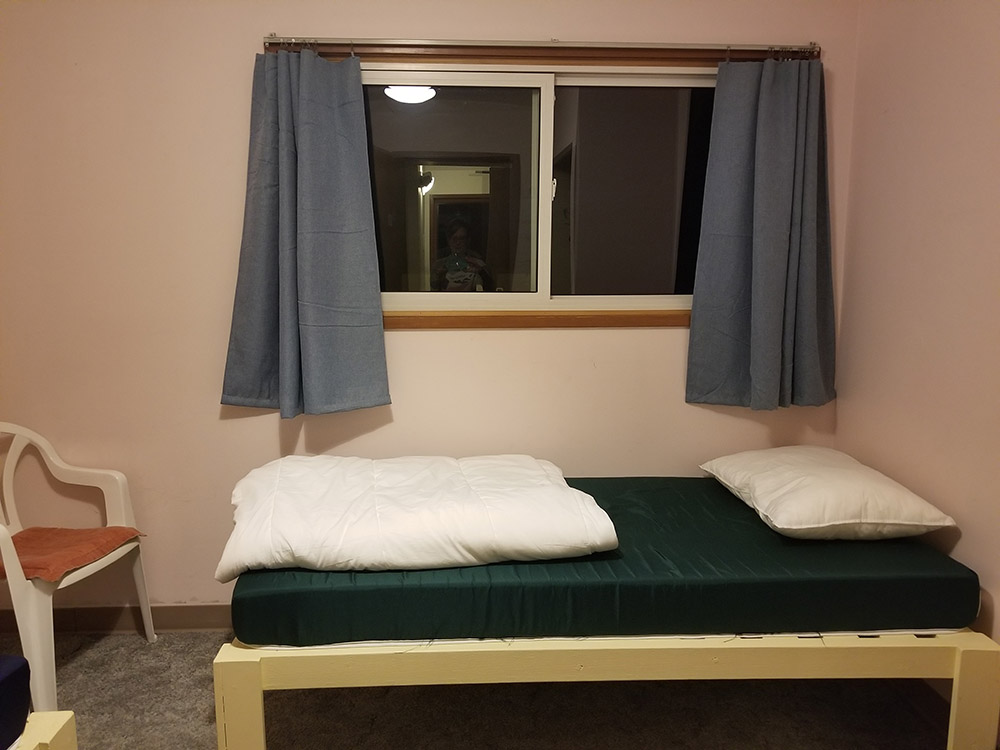
Since the course has finished, I’ve been reading more about Western perspectives on promoting mental health.
The same meditation techniques taught for thousands of years are the same techniques that Western mental health professionals are now using to help people heal from trauma, anxiety and depression.
I was just coming to the course because the last one made me feel a little happier. And I liked challenges. Instead, I’ve had a glimpse at what kind of healing is possible with continued practice.
Discover more from We Belong Outside
Subscribe to get the latest posts sent to your email.

